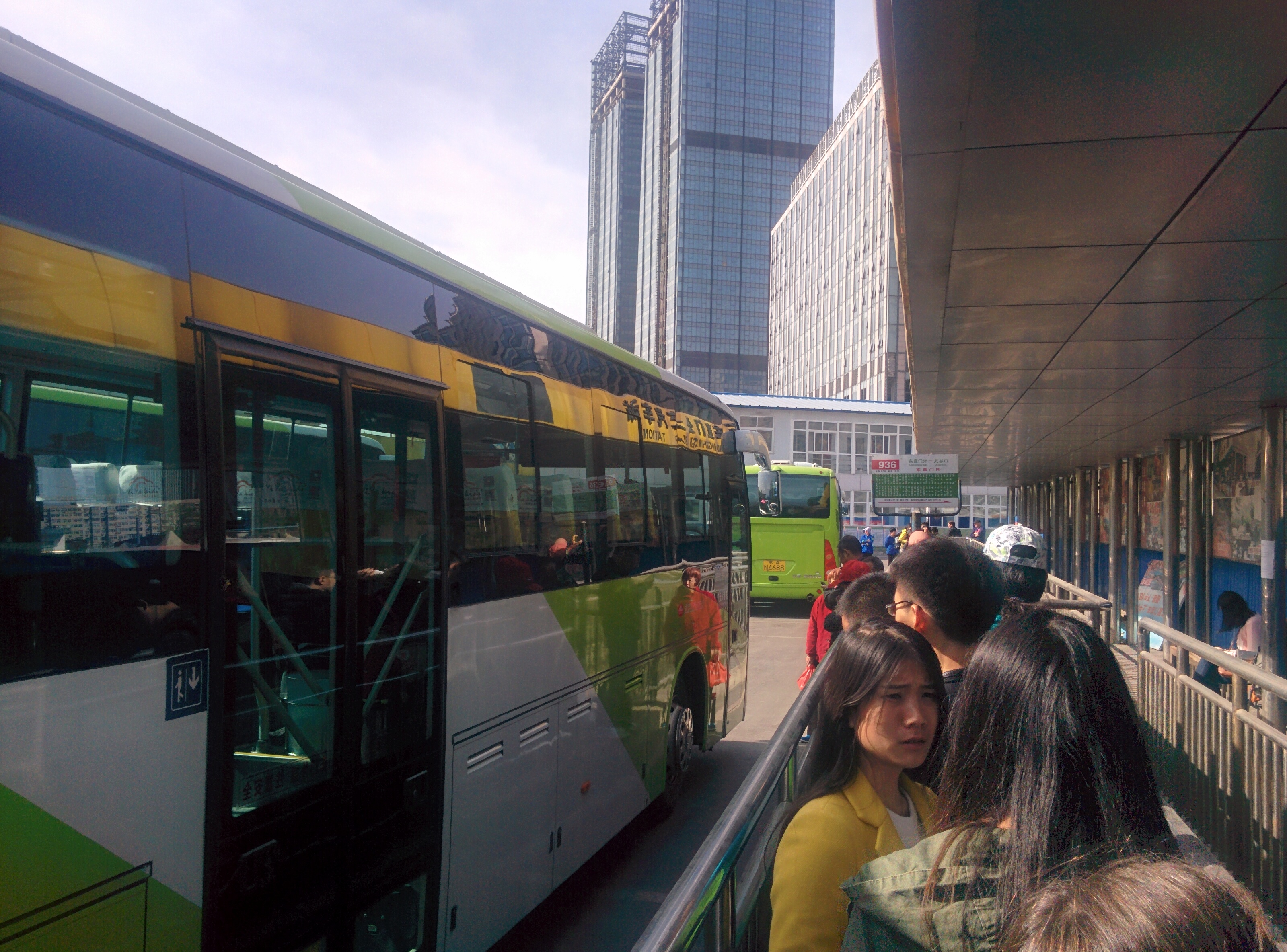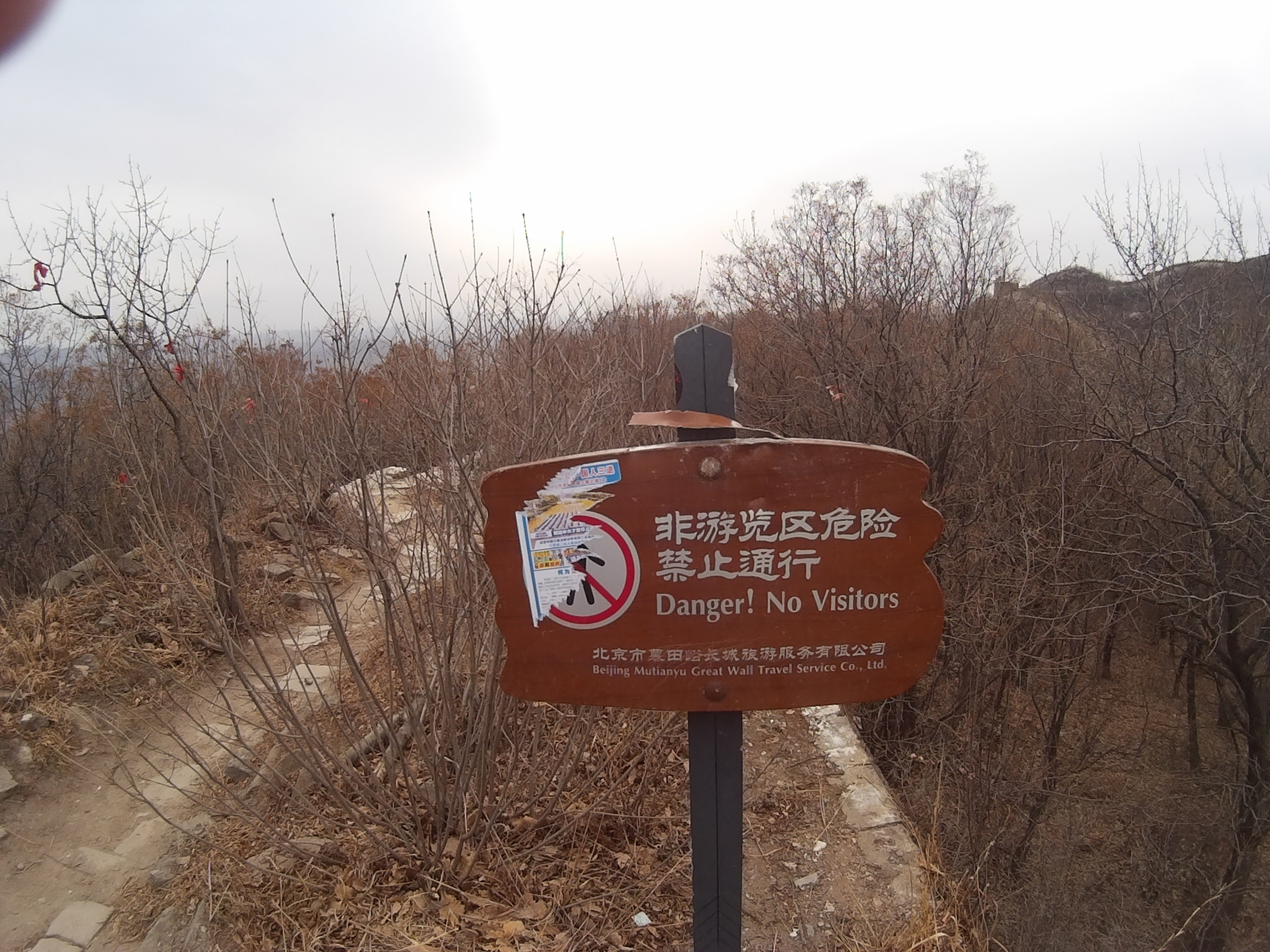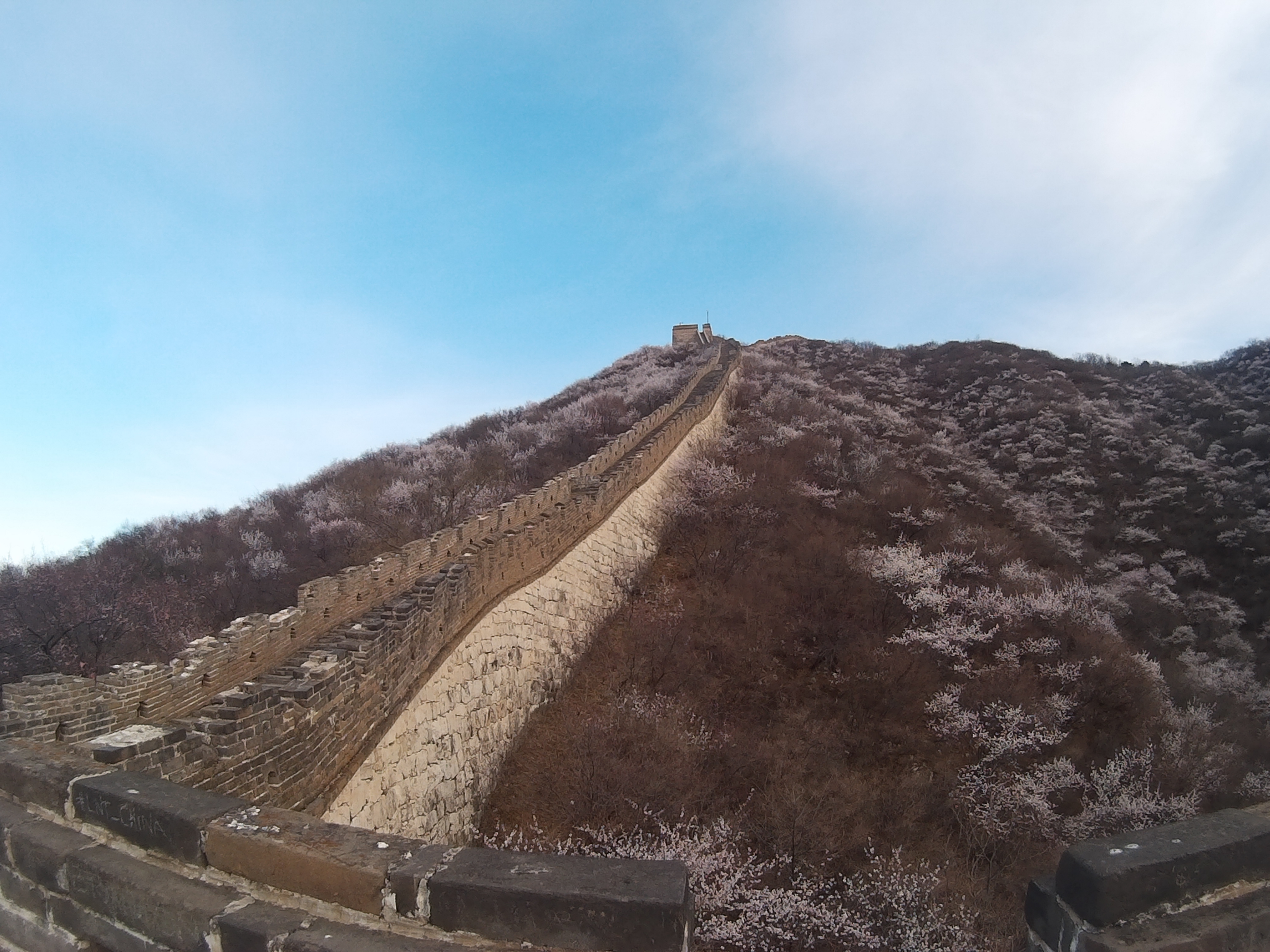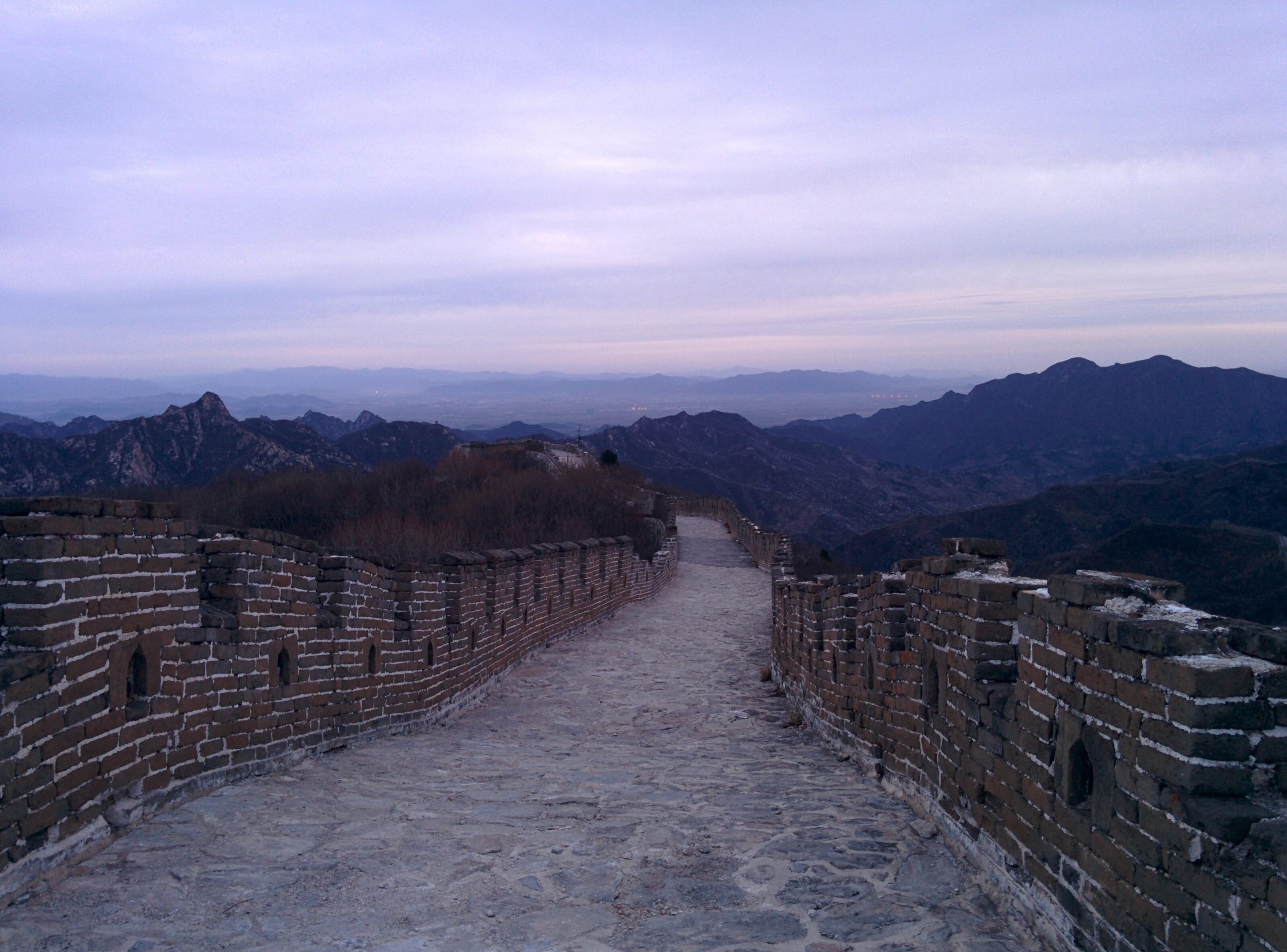China: My Overnight Stay at The Great Wall
I’ve still got a post on Shanghai to do but I wanted to get my thoughts on this little expedition down while they’re still fresh in my mind!
All I can say is, wow. This place is truly amazing. It’s yet another attraction that lives up to the hype.
One of my bucket list items was to visit The Great Wall. However, I didn’t want to just visit one of the most tourist-crammed sections as part of a tour at an inflated price; I wanted to see parts that are much less visited, and not only that – I wanted to camp on the wall itself.
Naturally, wanting to find out more about what was required to tick this one off, I activated my VPN and set about using the powers of Google to see what information I could muster up. After several hours of reading up on the subject, a few points were made clear:
- It is, technically, illegal to camp on the wall
- While illegal, it is still done and the rule is not readily enforced
- Tour packages for camping are ridiculously priced – starting at hundreds and heading up to thousands of dollars
- Getting to the wall itself is half the challenge, as if you’re not part of a tour to a rebuilt section, all the signs and public transport are in Chinese
I met a girl named Anna shortly after I checked in to my hostel in Beijing who, after hearing my idea, decided to accompany me and see if we could do this. While I did some more research into which section(s) we should visit and how to get there, Anna set about finding us a tent. We found a place in Beijing called Safco, who, following a declined offer of 3000 CNY for a new tent were happy to rent us one with two sleeping bags for 120 CNY ($26 NZD). Great success!

Once again, my small Camelbak proves its worth, carrying the tent, a sleeping bag, warmer clothes, three litres of water and other supplies with ease.
The days we had planned to go actually fell on a weekend; a busier time by default, but more so this weekend as the Monday here is a public holiday. This was all the more reason to go venturing to a much less travelled section. I decided on hiking up towards the Jiankou section from Xizhazi village, a run-down section of the wall rarely visited by tourists. We’d camp the night after a walking a few hours and then make the trek over the refurbished Mutianyu section the following day.

Source: Travelchinaguide.com
After stocking up on water and snacks, we woke up early on a Saturday morning to take the subway to Dongzhimen station. Around the corner there’s the Dongzhimen outer station, where we took bus number 867 for 12CNY to Huariou. This bus would hopefully land us there in time to take the one and only 11.30am bus to Xizhazi village, where we would begin the hike. Alas, it was not to be.. the holiday traffic was in full force and we arrived well after the other bus had left. Not to worry, though. A couple of tourists from America shared a taxi with us and we were soon on our way for 40CNY each.

The bus from Dongzhimen to Huairou.

We had to buy ‘entrance’ tickets to this part of the country in order to get through to where we needed to be. They’re only 20CNY each, though, a drop in the bucket compared to total day tour prices upwards of 350CNY.

Not open to the public.. we’ll see about that!
The taxi driver stopped in Xizhazi village and pointed vaguely in the direction of the mountain. We headed on up and promptly got lost in the bushes, creating the need for a quick consult of the GPS and a good hour or so of bushwhacking.


Ahh! I see it! The wall! Now, how to get up on to it…
Luckily I stumbled upon what must be the path we were supposed to follow. We set upon it and the hike soon became rather steep; a good sign!
After an hour climbing upwards we finally made it to a watchtower, where a local villager sprang to life and charged us 5CNY to use his ladder to get on to the wall. I turned down his offer of a $6 chocolate bar, however.

I made my way to the top of that tower and took a good look around. The view was well worth the hike!

We had reached the Jiankou secction, which is where we intended. The views were awesome. In the far distance you can see the skyline of Beijing. We slowly started walking / hiking south-west, where we’d find somewhere to pitch the tent once the sun began to go down.








As darkness started setting in, I came across a watchtower nearer to the Mutianyu section which boasted a refurbished floor, with a small alcove suitable for placing a tent on. Along the way I conveniently stumbled across a classic Chinese broomstick, which I used to clear the path of stones and the likes.



Sorted! Following the creation of our accommodation for the night, dinner was had on the top of our humble abode. Watching the sun go down over in the west while the lights of Beijing glittered to life was one of the most surreal views I’ve ever seen.

The next morning we woke up around 5.30 to watch the sun rise over in the east. Unfortunately the weather conditions meant we couldn’t see the sun itself, but it was still well worth it. The sky cleared up over the next couple of hours while we packed up and continued making our way towards the village of Mutiannyu.








After a couple of hours we took the path at watchtower number 10 down to Mutianyu village, where we’d try and get a bus back to Beijing. On the way down there were hoards of Chinese tourists being unloaded by dozens of buses, ready to hike up the rebuilt section. Not my cup of tea.
Once we reached the town we walked along the road for about 20 minutes down to the ticket office, where we asked for directions to the bus stop. Once there we took bus 931 (2CNY) to Huairou. From Huairou we walked across the road and took the 961 Express to Beijing for 12CNY, which dropped us back at the same place we’d left from. After that all we had to do was drop off the tent and sleeping bags and that was that!
All in all, with 2 people the whole thing can be broken down into a cost of 217 Yuan ($48 NZD) per person. It’d be cheaper if the bus to Huairou wan’t caught in traffic and a local bus was taken instead of a taxi, but no big deal.
- Tent rental 50Y each
- Sleeping bag rental 10Y each
- Food, water and booze 60Y each (those little wines are pricey)
- Subway to Dongzhimen 3Y
- Bus to Huairou 12Y
- Taxi to Xizhazi village 40Y each
- Entry ticket 20Y
- Ladder charge 5Y
- Bus to Huairou from Mutianyu 2Y
- Bus from Huairou to Beijing 12Y
- Subway back home 3Y
Compare that to the price of the day tour to Badaling (the busy part) which was advertised at 350 Yuan and it’s not hard to decide on the better option. If you don’t like crowds, want to visit some of the original parts of the wall and want the opportunity to sleep the night on one of the Wonders of The World, then get yourself a tent and go hiking! This was easily one of the coolest things I’ve ever done. The views are amazing, the wall is as impressive as the hype builds it up to be and the hike is well worth the effort. Sorry for the overload of photos!

Tips:
- Wear good shoes!
- Print off, take a photo of or write down the names of the buses, bus stations and destinations in Chinese
- Take a compass of download a suitable app on to your phone
- Take some warm clothes – it can get chilly up there
- Ignore the drivers who tell you there aren’t any buses so they can give you a lift



Another awesome read. Great to see you made another dream come true!
Remember the hat I gave you with the flaps on the side you used for dress ups when you where younger? I got this at the wall and paid flippen 10 USD for it!
Obviously let go of my Dutch heritage for a moment!
Dad